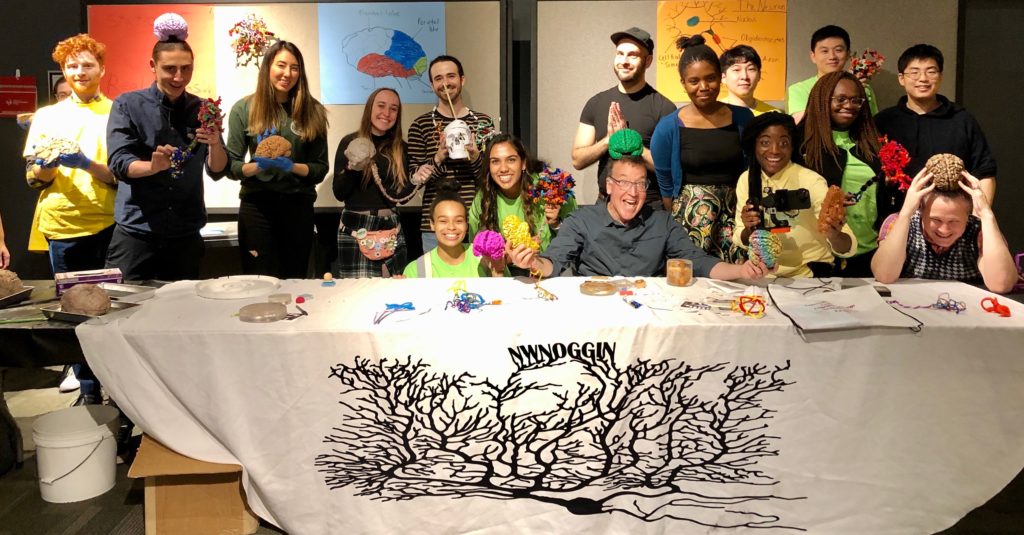Post by Madison Cho-Richmond, undergraduate at Portland State University and NW Noggin outreach volunteer
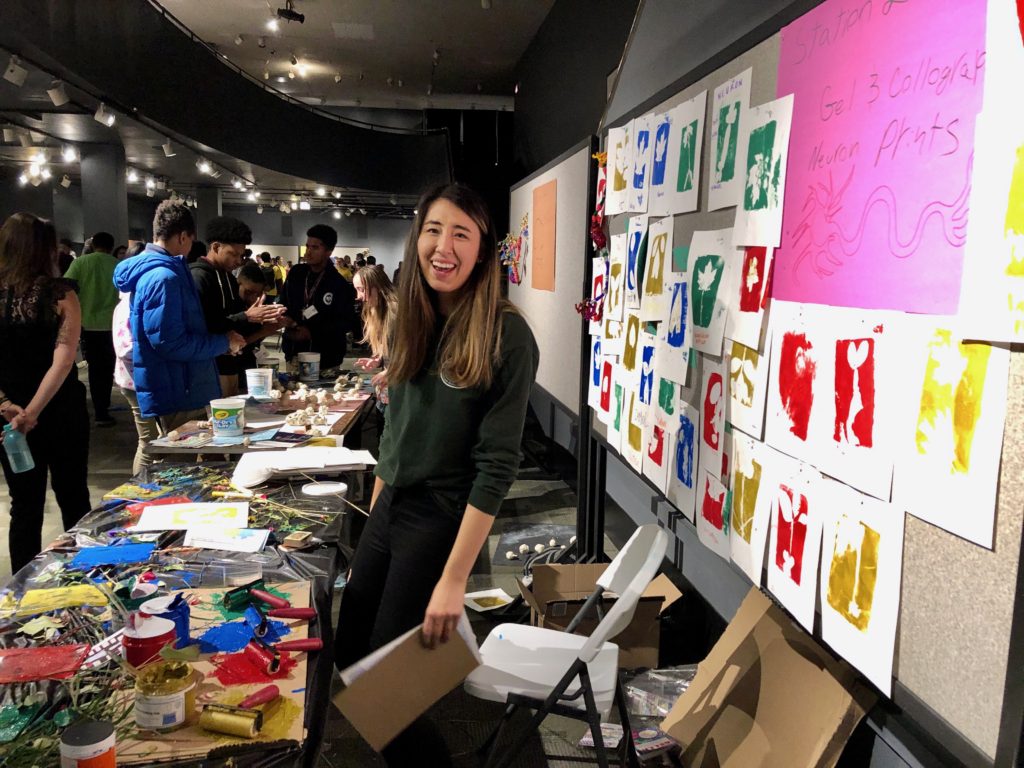
McCormick Place in Chicago, Illinois was my boat for the week, offering waves of research posters, eddies of sciart, and strong currents of inspired neuroscience researchers and students like me. It’s a carnival cruise for the insatiably curious, the experimenters, the inventors and those passionate about understanding the brain through study of the brain itself.
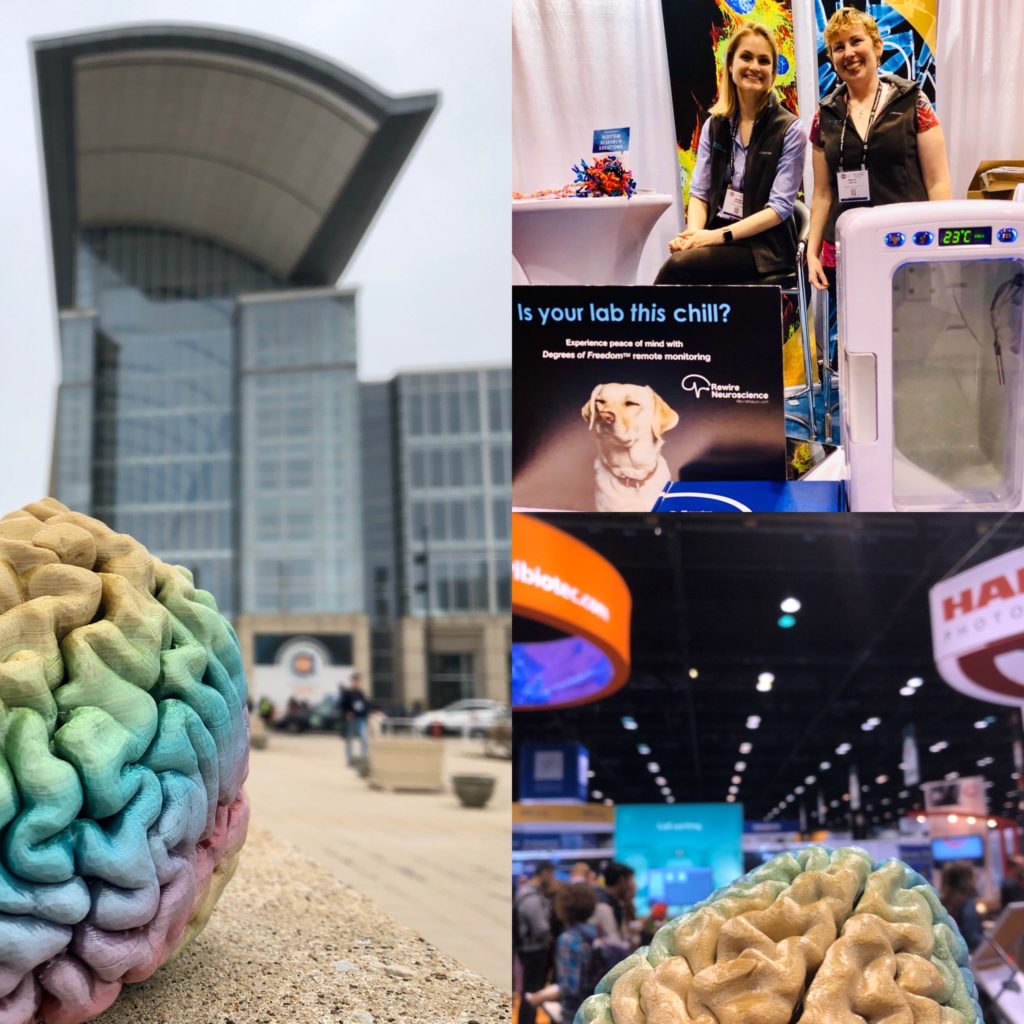
Society for Neuroscience’s annual meeting means movement.
There are poster sessions, socials, seminars, symposia, chance encounters and open discourse. It’s wavelike in these massive halls—an ocean of minds that pull and crash together, organically engaging a multitude of disciplines. You can learn about machine learning, visual perception, drugs, artificial intelligence, biomedical engineering, hippocampal place cells…
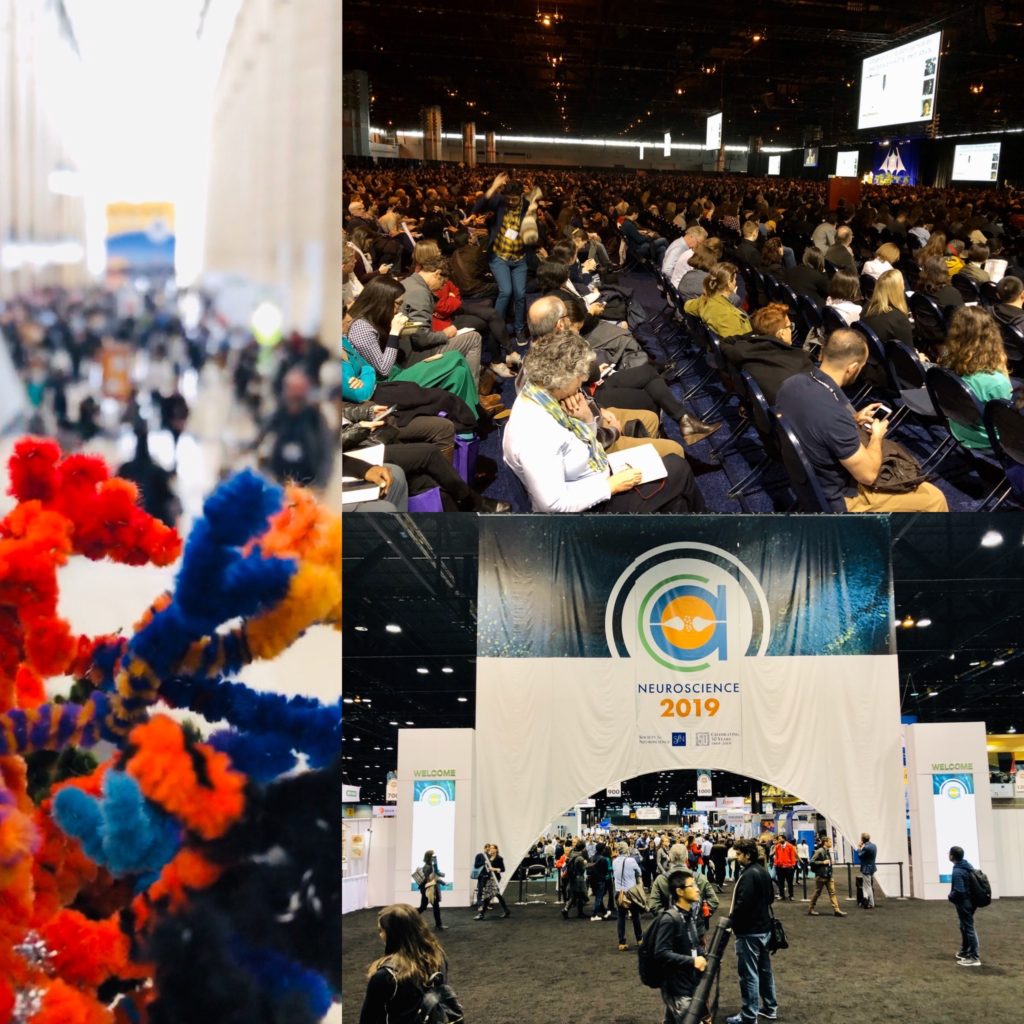
And, of course, neuroscience teaching and outreach!
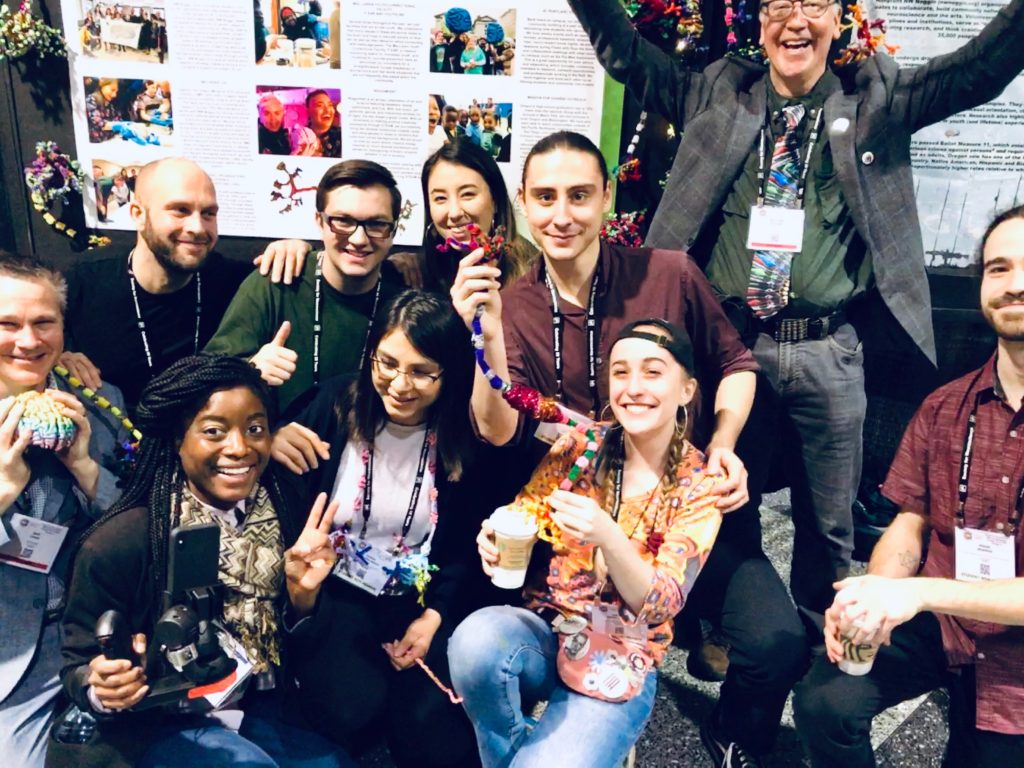
LEARN MORE: Noggins in CHICAGO!
LEARN MORE: Reflections on Chicago
As part of NW Noggin, I can’t stay put.
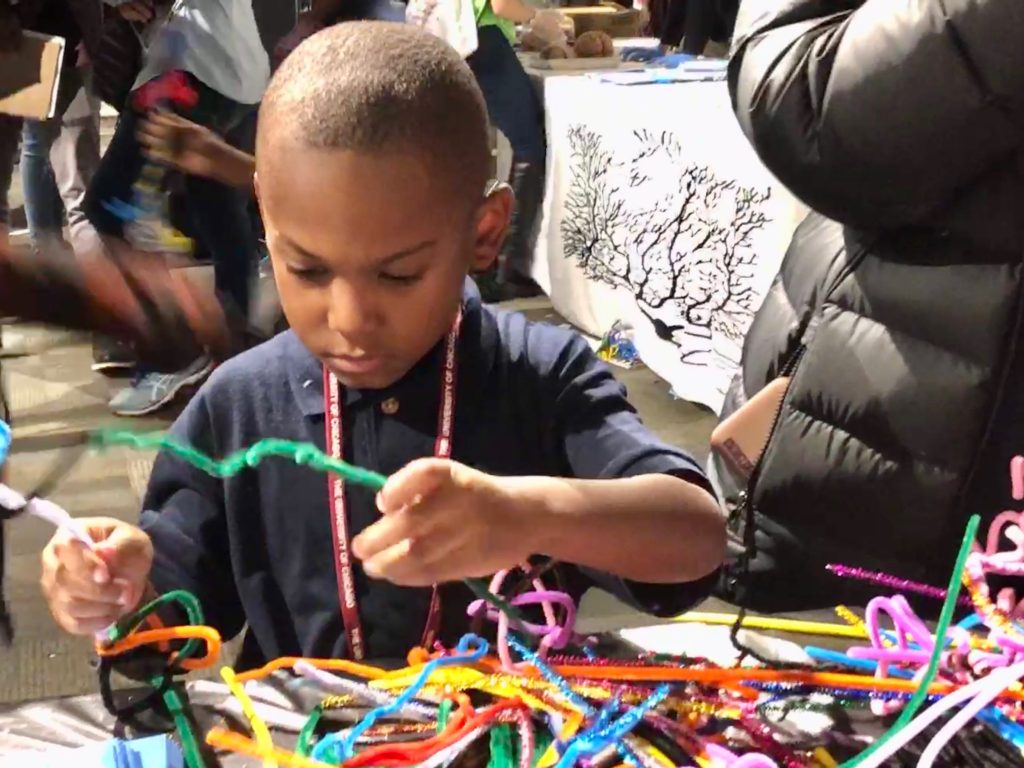
We GO PLACES. I believe that this astonishing maelstrom of incredible research about who we are and how we function – mostly paid for by you and me – shouldn’t be sequestered in privileged spaces like university labs, paywalled journals or professional conferences.
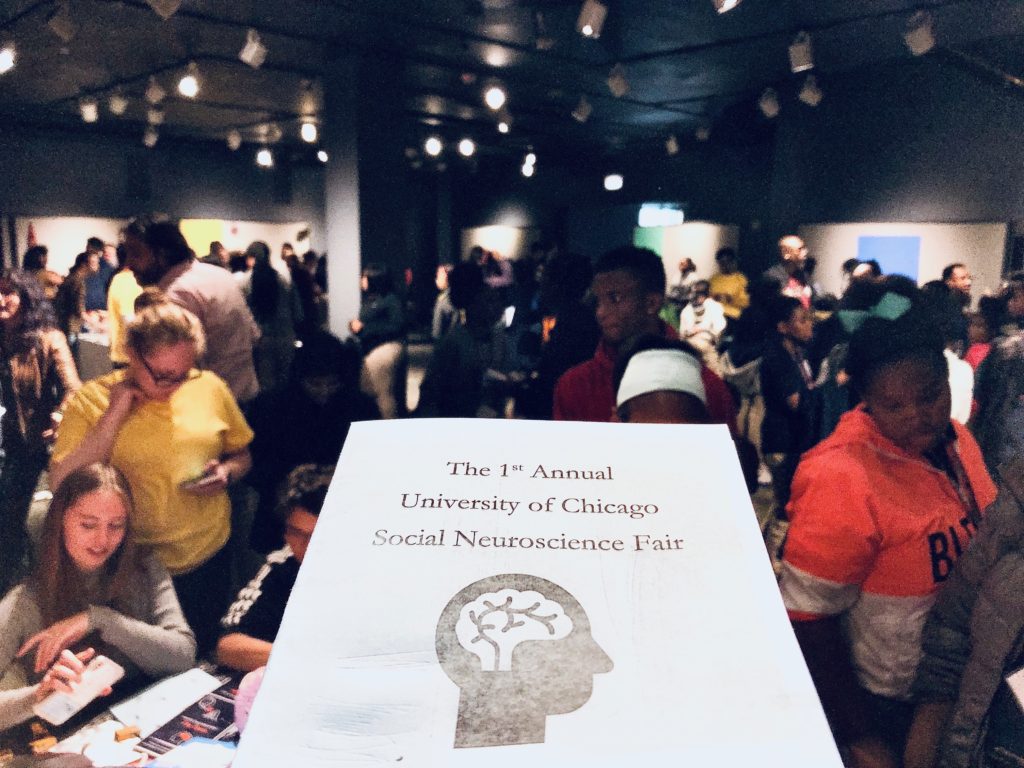
I’m grateful that both the Society for Social Neuroscience and the Society for Neuroscience support community engagement – SfN once again waived registration fees for all the NW Noggin outreach volunteers!
LEARN MORE: BioGifting brains
LEARN MORE: Thankful for brains
LEARN MORE: Synapsing in San Diego
LEARN MORE: Brains to the Streets!
In Chicago we first encountered an extraordinary whirlwind of K-12 student energy at the Society for Social Neuroscience Fair, as kids streamed into the Museum of Science & Industry for our gallery of noggin-related activities.
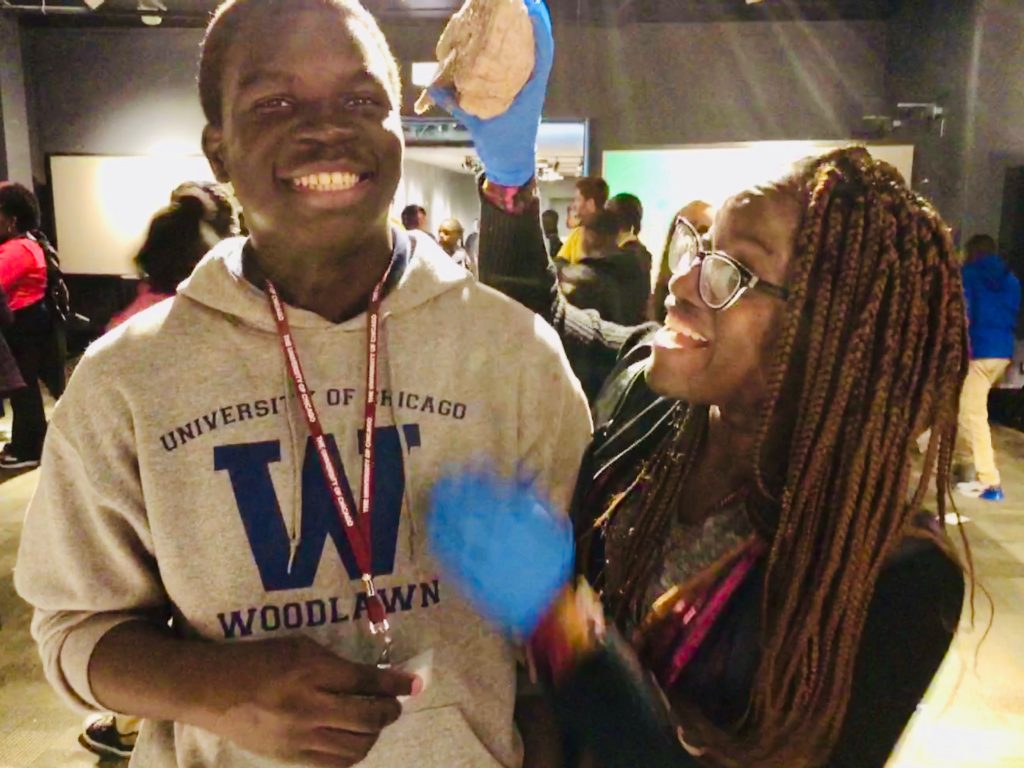
LEARN MORE: Social neuroscience fair gives Chicago kids hands-on day of science
Almost 500 young people completed an around-the-world passport-style course of interactive learning led by collaborating students from Portland State University and the University of Chicago, making clay brains, learning neuroanatomy through painting and nature, and enjoying some hilariously stimulating electrophysiological experimentation!
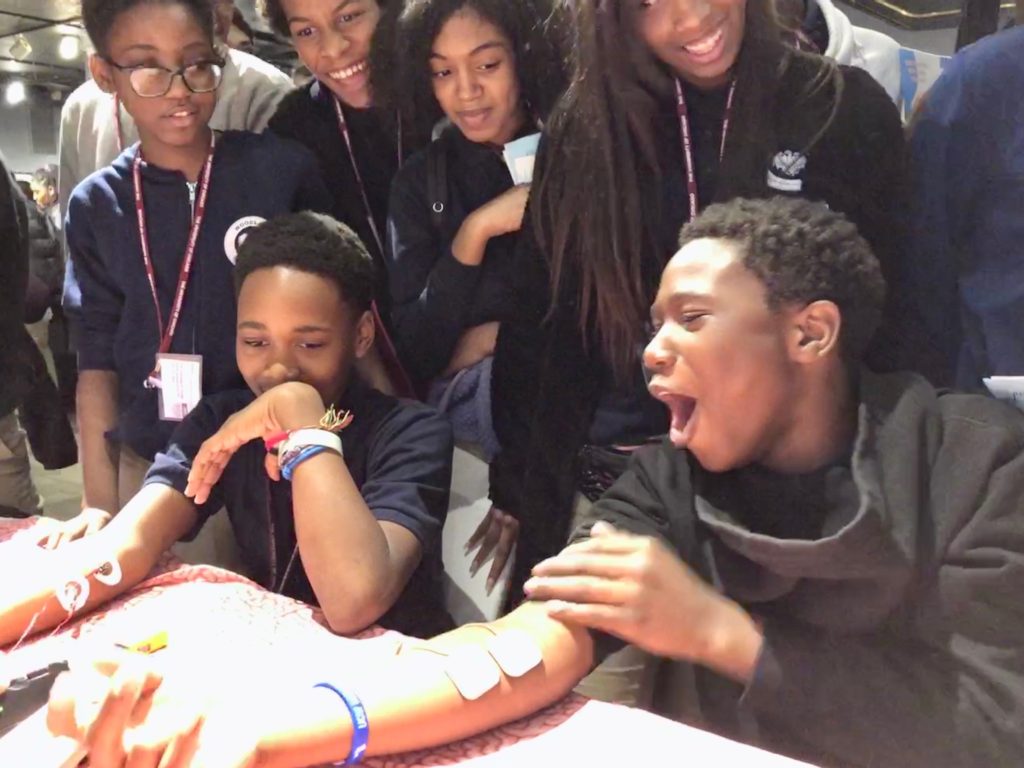
LEARN MORE: Brain Hacking is Electric!
LEARN MORE: Make a Pipe Cleaner Neuron (& More!)
Following this event, we held an outreach session and enjoyed a private tour of the world-famous International Museum of Surgical Science. The IMSS, with an astonishing watery view of Lake Michigan, opened their doors to young Chicago residents for free!
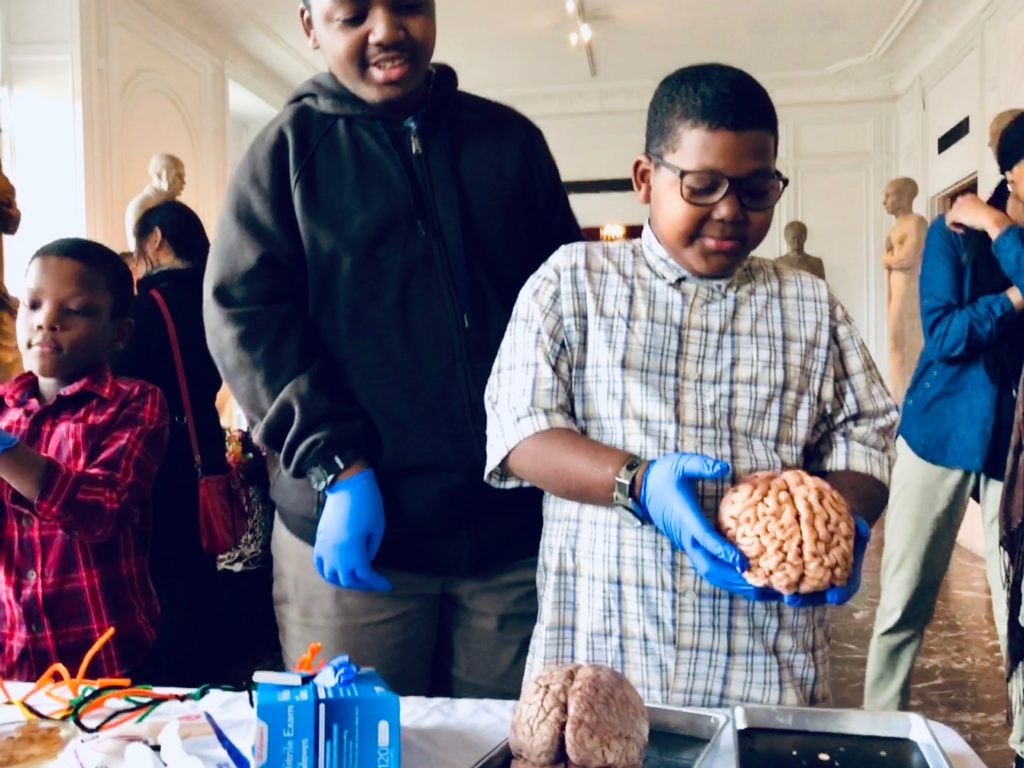
LEARN MORE: International Museum of Surgical Science
Noggin’s 3D printed brains and pipe cleaner neurons form whirlpools of curiosity as people are drawn in by their vibrant shapes and colors. All of us, including Noggin founders and PSU instructors, Bill Griesar and Jeff Leake, carried (and sometimes wore) neurons for the entire week!

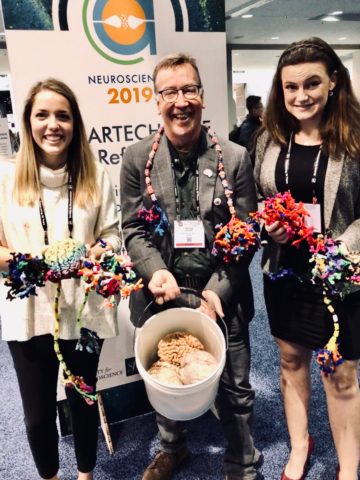
Spotting our eye-catching (and superior colliculi- and locus coeruleus-catching) neural paraphernalia, neuroscientists kept approaching us to ask, are you with NW Noggin? Our answer — a proud and enthusiastic YES!
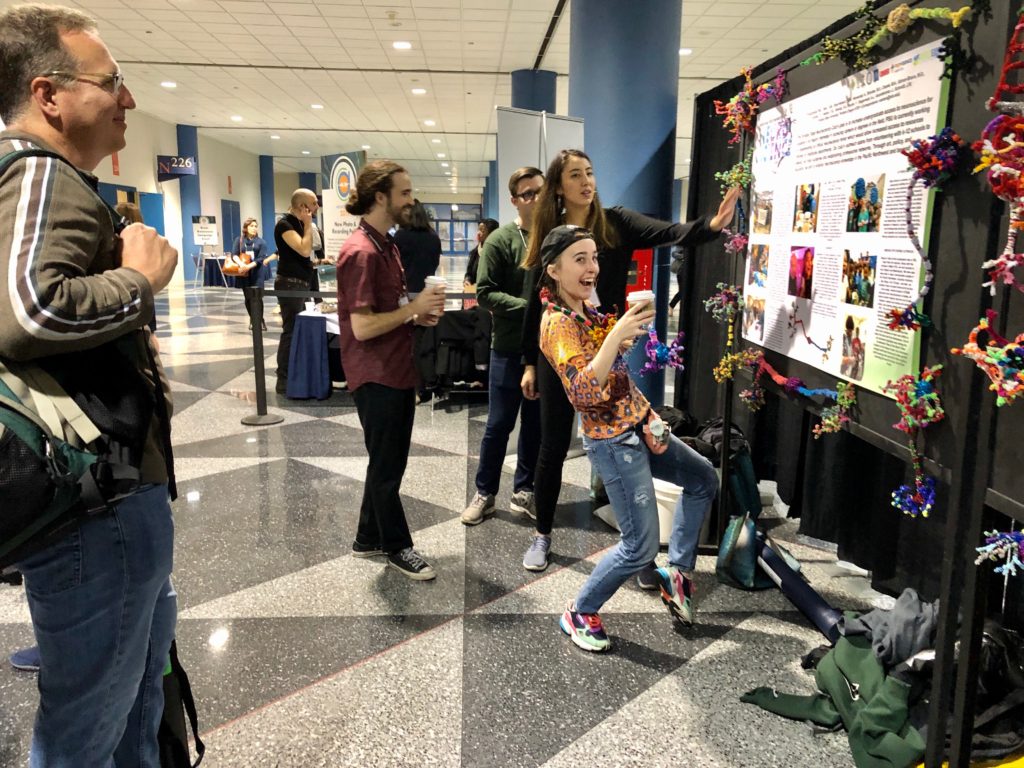
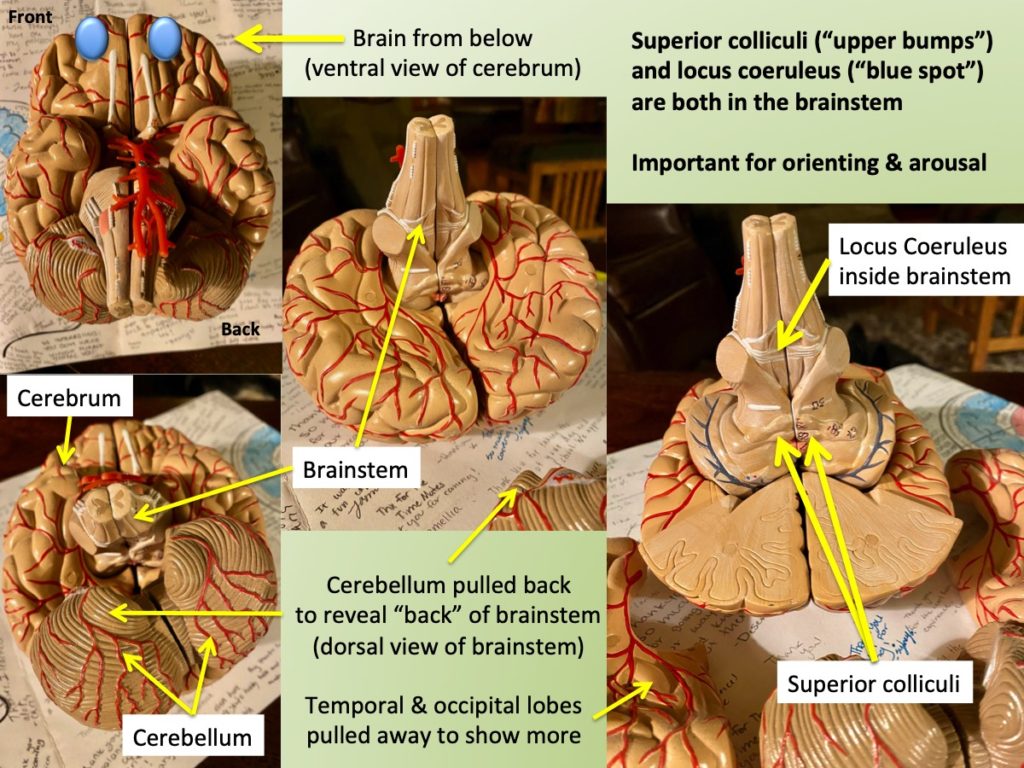
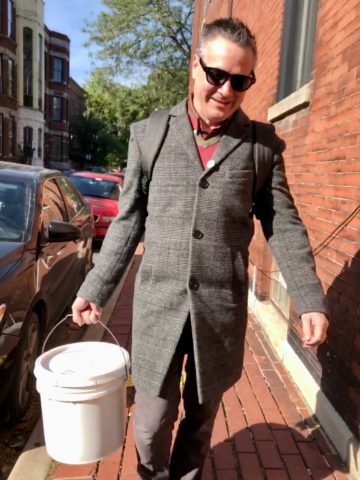
LEARN MORE: Superior Colliculus and Visual Spatial Attention
LEARN MORE: Activation of superior colliculi in humans during visual exploration
LEARN MORE: Orienting and reorienting: the locus coeruleus mediates cognition through arousal
As in the Pacific Northwest, all our Chicago outreach experiences featured real (extra!) human brains, this time thanks to the incredible Yuri Sugano from the University of Chicago’s Biological Learning Center. Event-goers could don a pair of gloves and examine, admire and contemplate these compelling preserved specimens in their own hands.
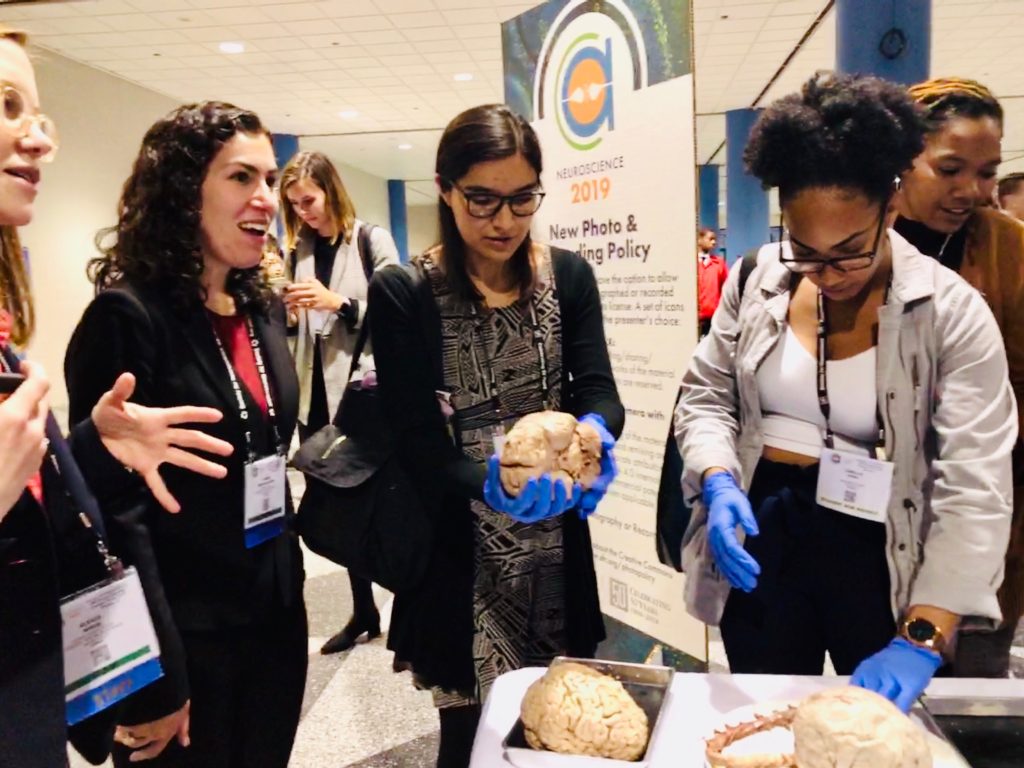
Brains of course were CELEBRATED at SfN.
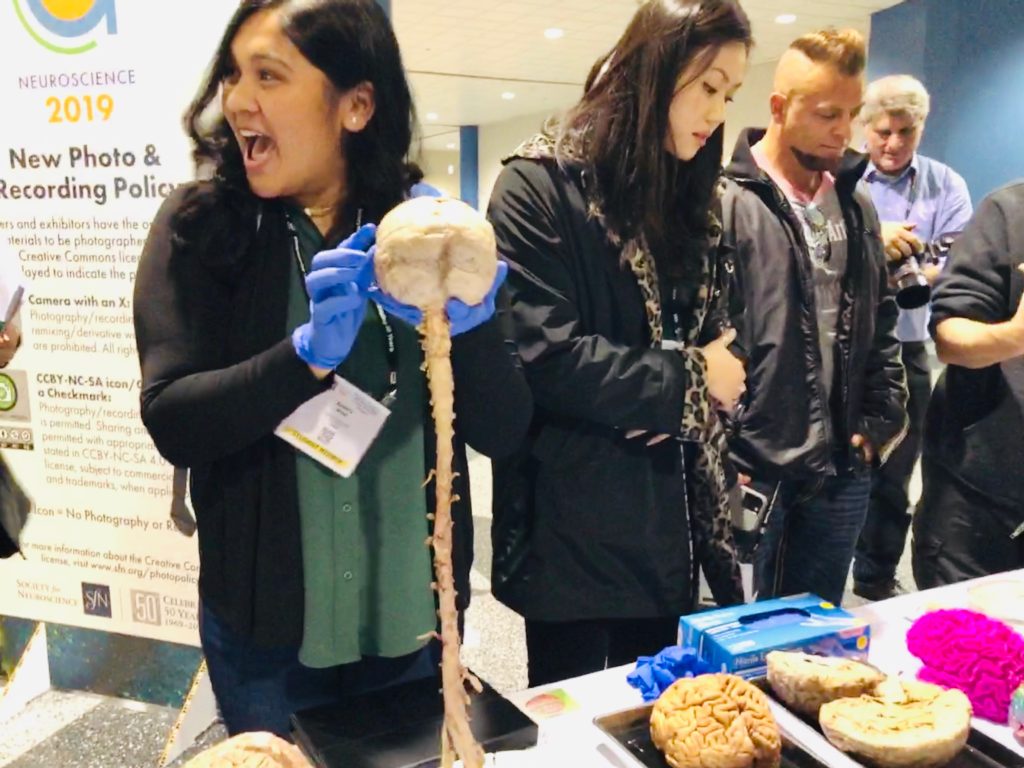
We brought our borrowed bucket to the Brain Awareness Campaign event – apparently the first time actual BRAINS had featured at the annual meeting in the 50 year history of SfN!
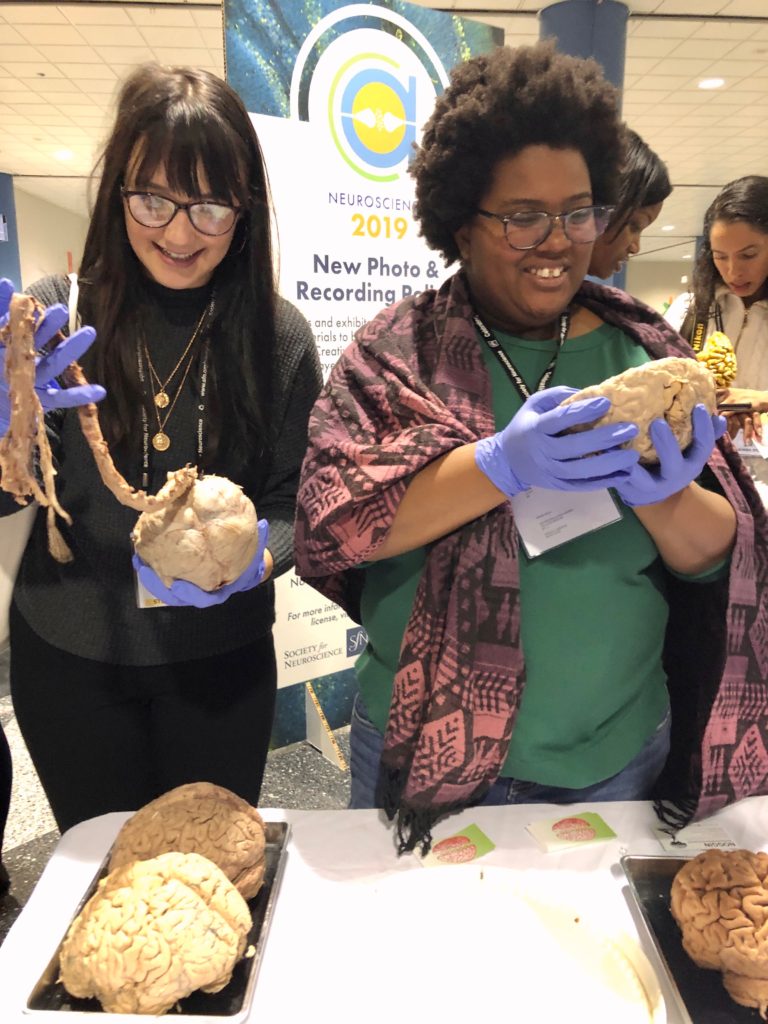
We also toted brains to breweries, deep-dish pizza joints, coffee shops and “the Bean,” drawing interest and roars of excitement from people who don’t typically attend a neuroscience conference — sometimes with a sense that research is too esoteric, specialized, elite, inaccessible, unwelcoming, academic and detached to explore.
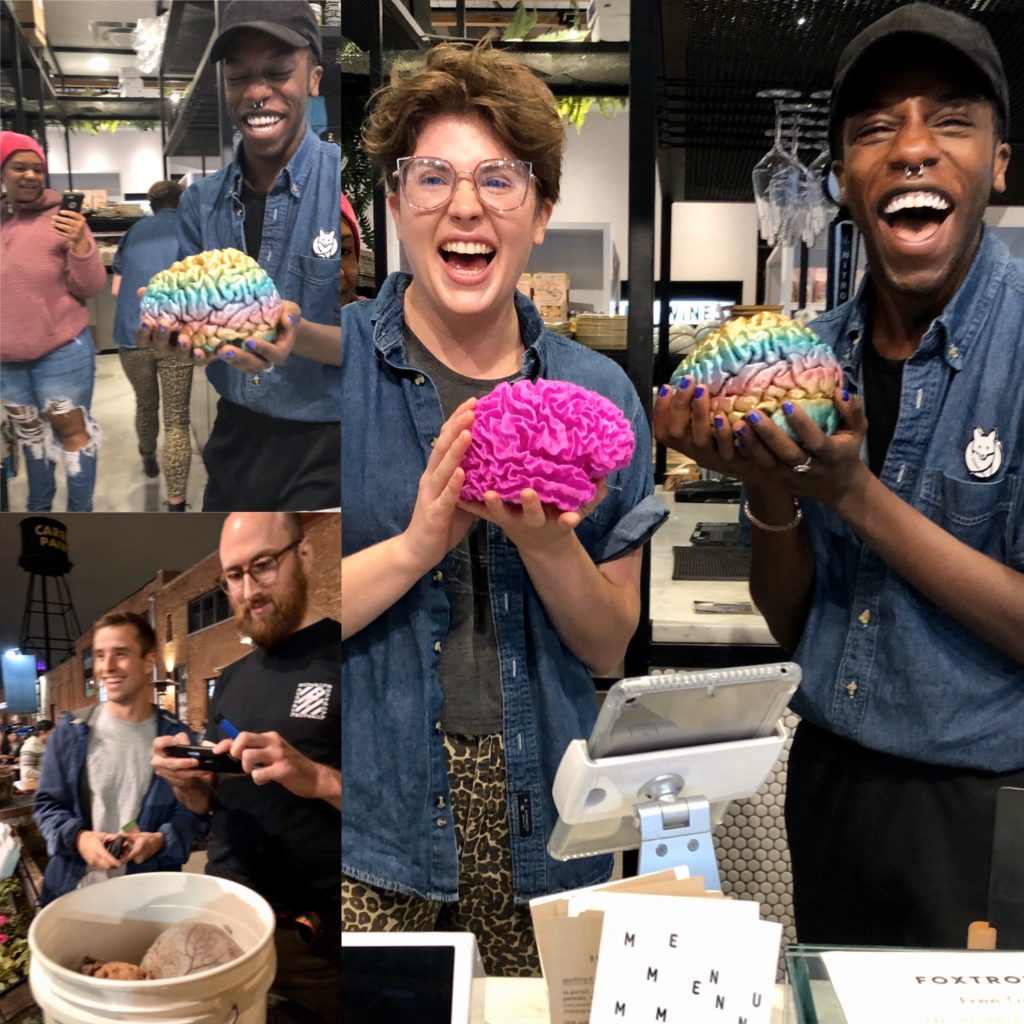
Being informally out in public allowed so many more people in Chicago to access neuroscience and discover new research, and also to nurture their own interest, potential participation and support for this exciting field.
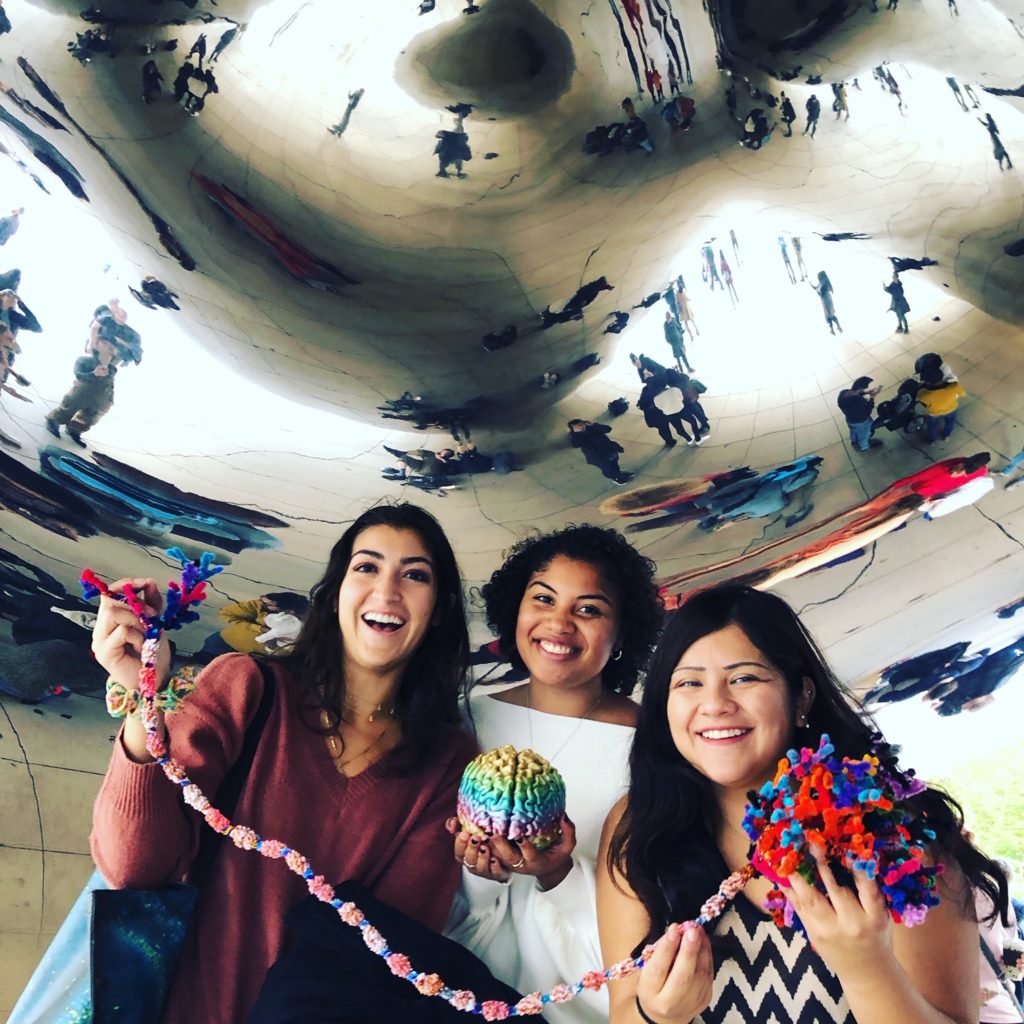
After debating with international researchers, briefly chatting with the Allen Institute’s Christof Koch (!!), talking brains and making art with hundreds of Chicago’s K-12 students and enjoying stimulating late-night conversations extinguishing after 4:00am, I now know that there’s no better way of discovering all that neuroscience encompasses than in person.
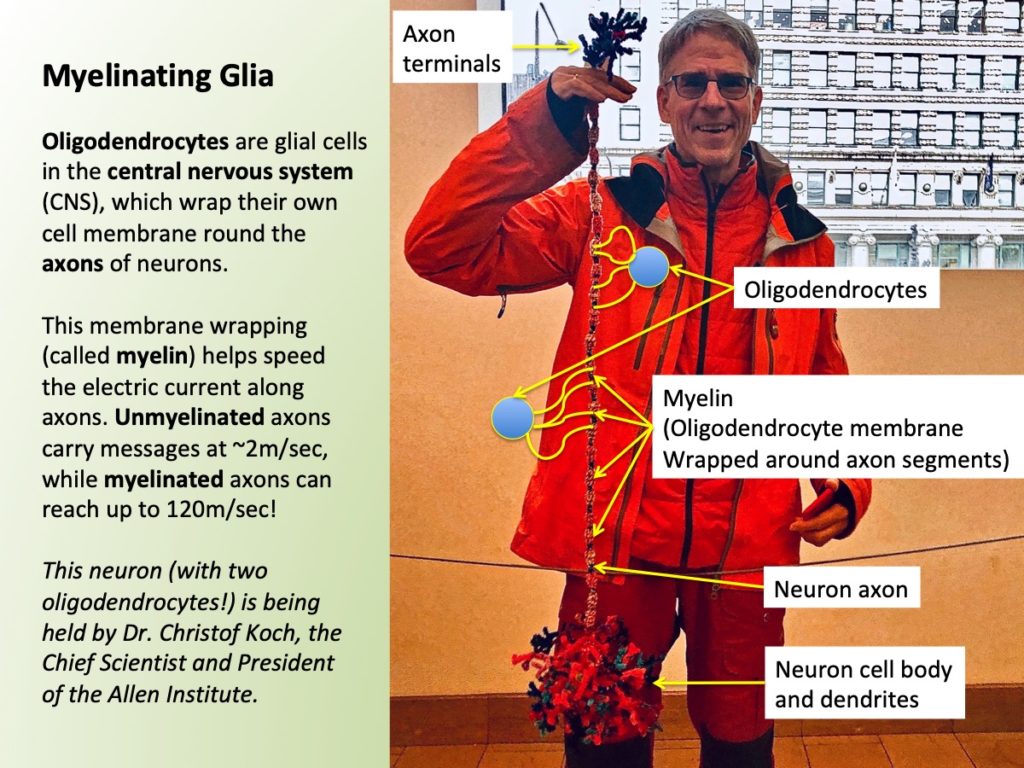
It’s about diversity, and growing our networks — sharing a two-person deli table with neuroscientists from Mexico or helping researchers from South Korea find the correct airport terminal at O’Hare. During these conferences, there’s a sense of community, interplay, serendipity, grace. You only realize how small you are once you’re with the rest of your tribe (there were 25,000+ people at SfN!). But you also realize how large, international, influential and exciting the craft you’re pursuing actually is.
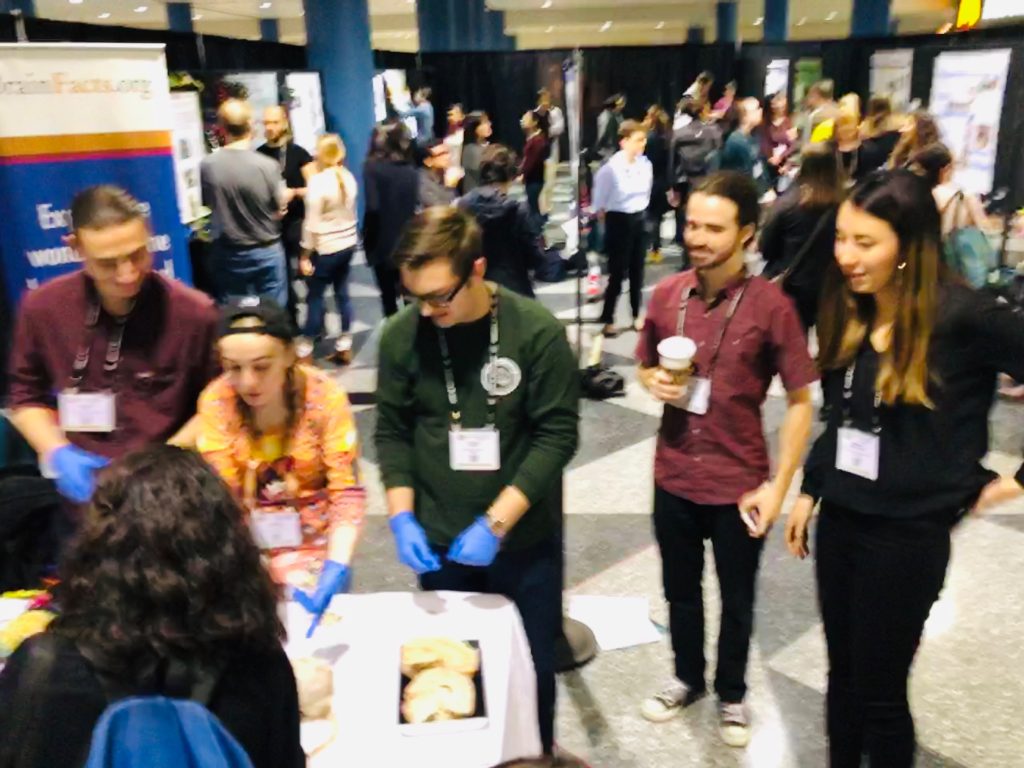
LEARN MORE: Diversity at the National Institutes of Health (NIH)
LEARN MORE: Notice of NIH’s Interest in Diversity
The Society for Neuroscience and the Society for Social Neuroscience both uphold artists and stress the power of creativity, fact, and empathy, as novel progress from around the world is brought together under the umbrella of one city. Brain research can help cure disease, improve our communities, and deliver insight and understanding into who we are. Through these networks of human movement, the beauty of progress is unbound, developing, and excitedly gliding into the future.
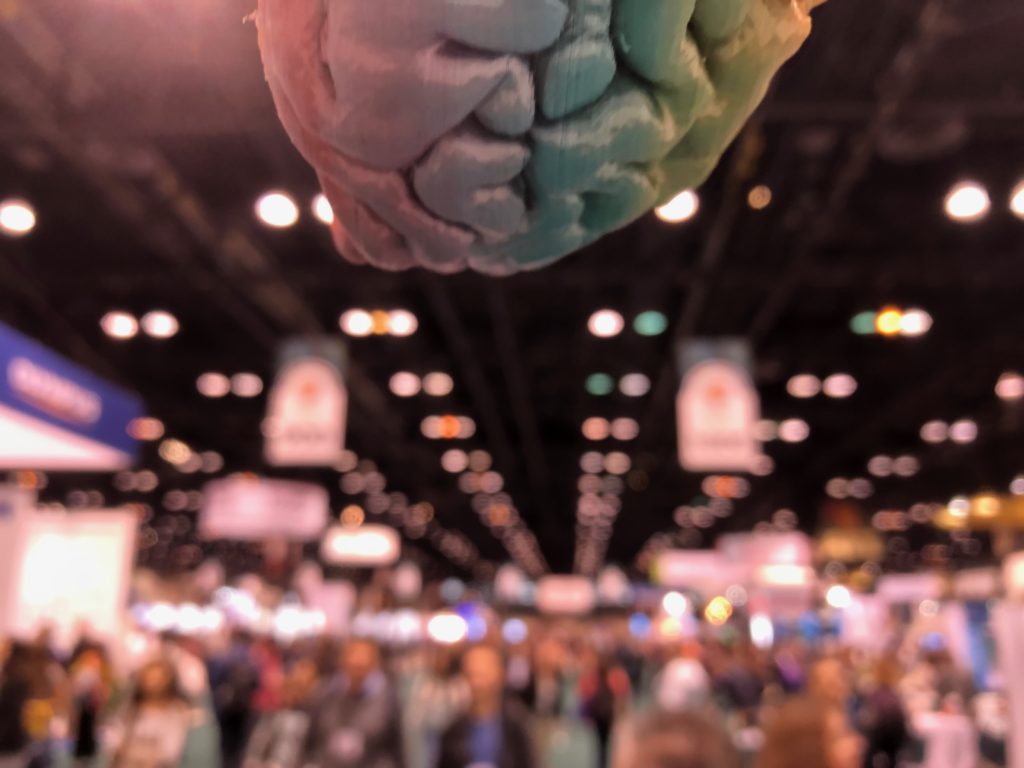
I’m inspired to keep sailing on.
